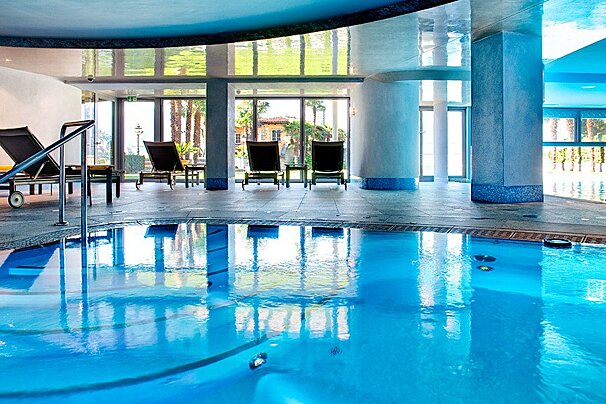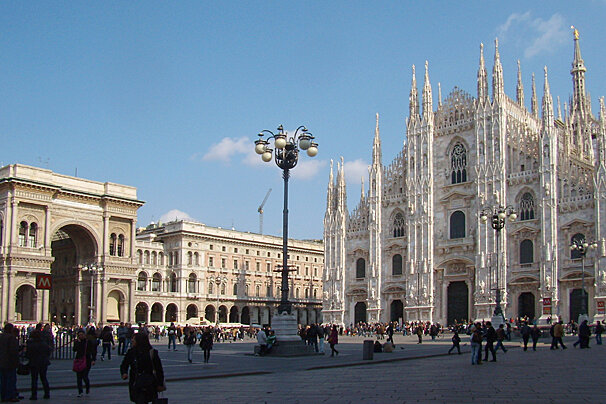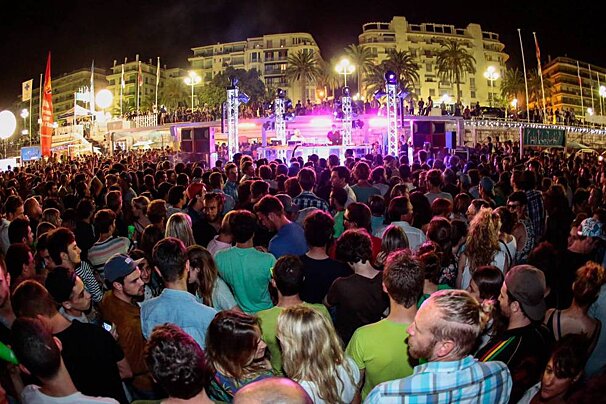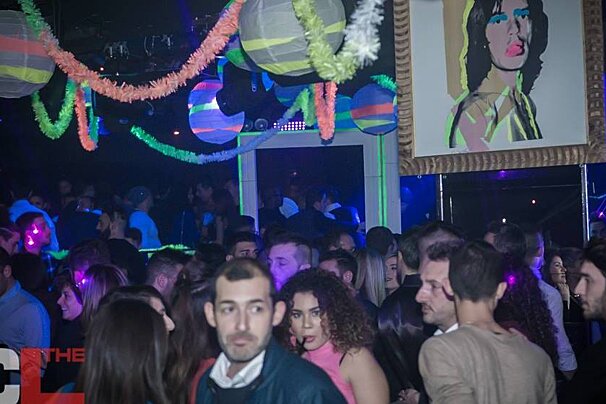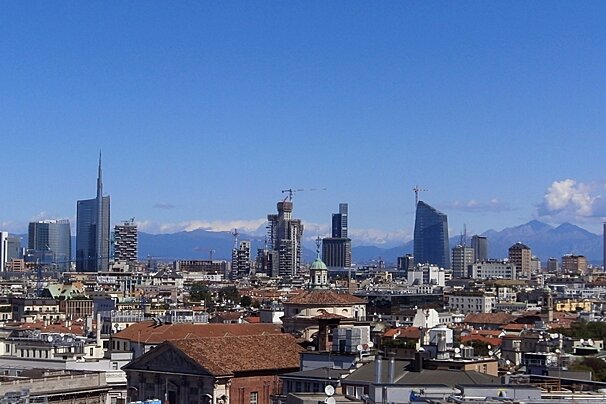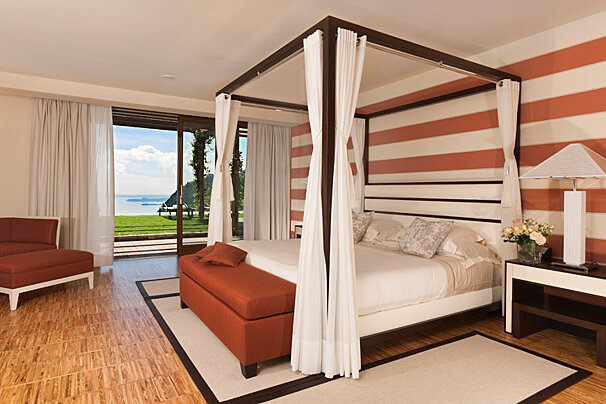
History of Milan
Discover the Milan of yesterday
Milan's history has been turbulent – historically ruled by Celts and Goths and more recently by Spaniards, French and Austrians. It was as late as 1859 when it finally became part of a unified kingdom, which eventually formed the Kingdom of Italy. It is the regional capital of Lombardy and the Milan Province. Milan was originally settled by the Celtic Insubre tribe some time between the 4th and 5th centuries BC under the name of Medhlan. In the 2nd century BC, the Roman Gauls pushed across from the east, finally conquering the city in 222 BC and renaming it Mediolanum. Though not without its troubles, this period of rule saw the city gain strategic importance as the capital of the Western Roman Empire for over 100 years and as such prospered and grew. It was in this time that it became a prominent focus of Christianity, with the Edict of Milan in 313 AD effectively ending the persecution of Christians. This period saw the construction of many churches and the appointment of the city's first bishop, St Ambrose. Following attacks by the Viscoths, the capital of the Empire was moved to Ravenna by Emperor Honorius in 402 AD. The city's development suffered badly in the following 100-year period as battles were fought for control and many of its elite moved away. During Otto rule of the Roman Empire (from Rome), Milan began to prosper again, many significant Roman buildings were constructed (such as the Basilica of Sant'Ambrogio) and the influence of the Church grew further. At the turn of the 10th century, with support from significant city merchants, the clergy were administering effective rule over Milan. In the 11th century, this power shifted towards democratic rule as the ‘businessmen' of Milan sought greater control from the clergy forming the Lombardy League which lasted until the late 13th century which say the start of a 150-year Visconti family rule. During this time, construction of the famous Duomo Ccathedral commenced. In the late 15th century, Visconti rule was ended by Francesco Sforza who turned out to be a glorious leader. He transformed Milan which grew to be Italy's largest city. The fantastic Castello Sforza was erected and the Santa Maria delle Grazie built, arts and culture flourished, and Leonardo da Vinci, at that time a Milanese resident, was commissioned to paint “The Last Supper”. Milan was taken by Louis XII of France at the turn of the 16th century and was the start of struggles between France and Spain for regional control. Economic growth halted and Milan fell into decline until Austrian rule in the early 18th century. Finally the table turned and Milan began to prosper again, buildings like the Teatro alla Scala were built and intellectual academies were formed. Napoleon Bonaparte took Milan in 1796, making it the capital of his Cisalpine Republic and later, in Milan's Duomo, took the throne of Italy. Here started the beginning of a single Italy. Power transferred back to the Austrians during the early 19th century, but Italy was finally united in 1859 following the Battle of Magenta. The region was ceded to Victor Emmanuel II, later to become King Victor Emmanuel II of the Kingdom of Italy. This new Kingdom allowed Milan to develop into a leading cultural and economic city and its fashion industry started to become a genuine competitor to Paris. Despite significant unrest in the early 1900s, with industrial strikes amongst the working classes, Milan retained its reputation in the arts. It suffered particular damage in the World War II, and significant buildings such as the Palazzo Reale and Teatro alla Scala were destroyed. However, post- World War II developments and migration to the city, led to rapid industrial and commercial development. Milan was established as a media and design centre which supported its rapidly growing fashion industry. It has suffered less than other cities in Italy during recent recessions and is nowadays renowned as a growing multi-cultural art and design hub. Milan will host Expo 2015 (http://en.expo2015.org/), with the theme of ‘Feeding the Planet, Energy for Life', which promises to firmly establish its place in the growing area of sustainability.
